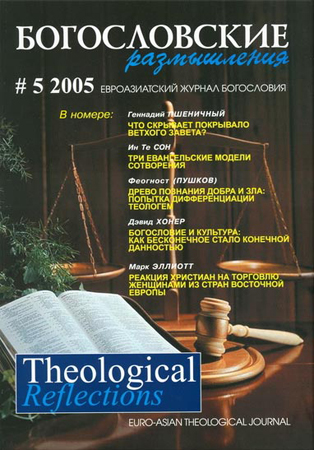Faith-Based Responses to Trafficking in Women from Eastern Europe
Keywords:
Trafficking in Women from Eastern EuropeAbstract
Trafficking in women is widely reported to be the third most lucrative branch of international crime after contraband weapons and drugs. It preys on economically desperate women and is fueled by the lure of extraordinary profits and a very low risk of arrest.Between 175,000 and 250,000 women and children are trafficked annually from post-Soviet states, including some 50,000 per year from Russia. So many Slavic women have been ensnared that in much of Europe “Natasha” has become the generic term for prostitute.
With the positive exception of the Romanian Orthodox Church, most Christians in post-Soviet territories do not appear to have recognized the seriousness of sexual trafficking from and within the region. And, while Western Catholic and Protestant responses have been commendable, a great deal more needs to be done. Christians, East and West, must increase their efforts to comfort the afflicted and to afflict those who do such grievous harm to millions of women and children created in the image of God.
Downloads
How to Cite
Issue
Section
License
Copyright (c) 2020 Маrk R. R. ELLIOTT

This work is licensed under a Creative Commons Attribution-NonCommercial 4.0 International License.
All articles published in the Journal are distributed under a Creative Commons Attribution-NonCommercial 4.0 International License
By submitting an article for publication in Theological Reflections: Eastern European Journal of Theology the author grants the editors the right to publish the article and distribute it in electronic and print form.
The author reserves all copyrights and the right to use the materials of the article in whole or in part for educational purposes, to write his own dissertations, to prepare abstracts, conference reports, oral presentations, etc., as well as post electronic copies of articles (including the final electronic version downloaded from the journal’s official website) on non-commercial web-resources without the consent of the editorial board and founders.



